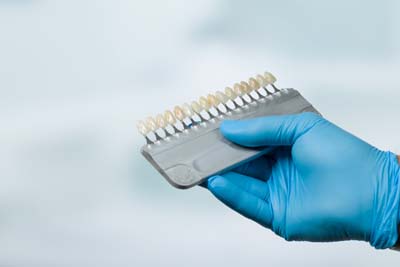Ways Dental Sealants Help Keep Teeth Cavity-Free

3 Ways That Dental Sealants Help Keep Teeth Cavity-Free
Cavities are one of the most common problems dealt with by dentists. Anyone can get a cavity, even small children and they can be very painful if left untreated. Untreated cavities can also lead to an abscess and even nerve infection, along with significant discomfort and loss of teeth. Luckily, cavities can be prevented from recurring, or even happening in the first place by using dental sealants.
What are dental sealants?
Dental sealants can be described as a thin, plastic coating that is painted primarily on permanent molars and premolars in order to prevent tooth decay.
Before dental sealants are attached, the teeth are cleaned and dried. A solution is then placed on them to 'roughen them up' which allows the sealant to better attach to the tooth or teeth that are to be sealed.
The dental sealant is a liquid that is painted onto the teeth which are dried by using a special curing light. Depending on the number of teeth that are to be sealed, the process can last from a few minutes to an hour and is completely pain-free.
How dental sealants help keep teeth cavity free
They act as a barrier
When people ingest sugar, it reacts with harmful bacteria in the mouth and creates an acid. This acid removes minerals from the surface of teeth, or the enamel, in a process called demineralization. Repeated acid attacks on the teeth weaken and destroy the enamel over time, leading to tooth decay and eventually a cavity.
When dental sealants are placed on the teeth, the enamel is protected from these acid attacks and this prevents a cavity from being formed.
They make cleaning the teeth easier
As mentioned before, dental sealants are typically placed on the molars and premolars. This is because these are the teeth that are responsible for the chewing, crushing and grinding of food. The molars and premolars have deep pits and fissures or grooves that help them to carry out these functions, but, unfortunately, food sometimes gets stuck within them.
While brushing and flossing the teeth may remove a significant amount of the food particles that may get stuck there, it is sometimes not enough. Food particles still get left behind and it may combine with bacteria and saliva to form plaque. This leads to tooth decay and eventually a cavity. However, when dental sealants are placed, these areas are 'sealed' and food will not be able to get trapped there. This makes cleaning the teeth much easier.
They last for several years
While not a permanent form of protection, dental sealants, when properly maintained, can protect the teeth for up to a decade. And, if the teeth are protected, the chances of developing a cavity lessen significantly.
Regular dental check-ups are recommended to check for any chips or wears in the dental sealants and to reseal or replace if necessary.
Protecting one's teeth is very important. Dental procedures can be a bit expensive and if you don't have the coin to spare, then make this investment that is sure to benefit you in the long run!
Request an appointment here: https://www.mediacenterdental.com or call Media Center Dental at (818) 473-1133 for an appointment in our Burbank office.
Check out what others are saying about our dental services on Yelp: Dental Sealants.


